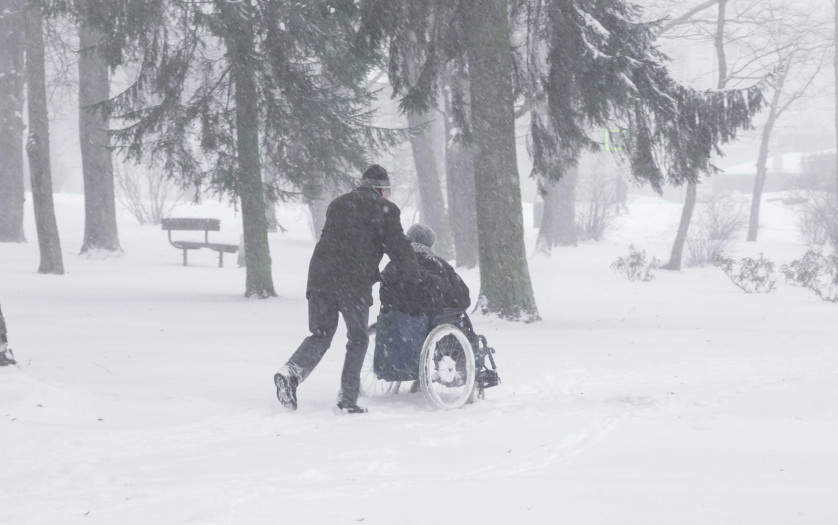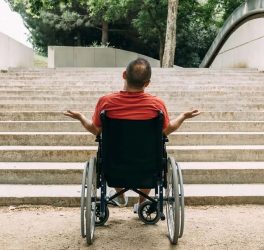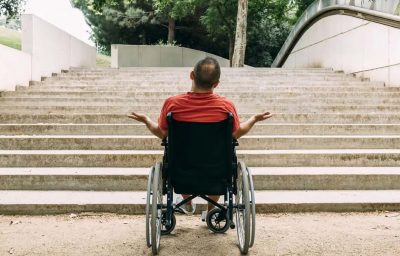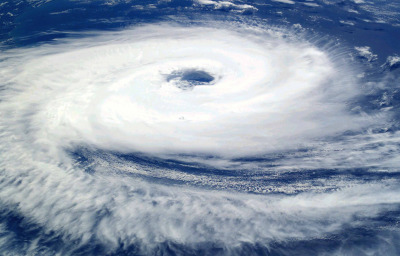
FEMA implemented three immediate changes to reduce barriers to access experienced by underserved populations through programs that provide individual assistance to disaster survivors.
FEMA will now accept a broader range of homeownership and occupancy documentation, and expand the forms of assistance offered to survivors. These changes to FEMA’s Individual Assistance program will help to ensure equal access is available to all survivors through FEMA programs.
“Our Department has an obligation to ensure we provide equal access to disaster relief and assistance to all survivors who are in need,” said Department of Homeland Security Secretary Alejandro N. Mayorkas. “Equity is a cornerstone of our homeland security mission and in all of our work we must reach minority communities, the disadvantaged and the otherwise disenfranchised. The changes we are announcing today reflect our commitment to always do better in achieving this moral imperative.”
“This is a culture shift for the agency and we are only just beginning,” said FEMA Administrator Deanne Criswell. “These new changes reduce the barriers to entry for our Individual Assistance program and will help us to provide more equitable disaster support to all survivors, specifically for underserved populations. Heading into the peak of hurricane season with 12 named Atlantic storms to date, and as wildfires strengthen out west, FEMA continues to put equity at the forefront of how we support survivors before, during and after disasters.”
To better support survivors seeking disaster relief, FEMA is:
- Expanding forms of documentation to prove ownership/occupancy for homeowners and renters.
FEMA is required by law to verify a survivor’s home occupancy or ownership before it provides certain types of assistance. To confirm occupancy, FEMA will now accept motor vehicle registrations, court documents, and additional forms of documentation, including letters from local schools (public or private), federal or state benefit providers, and social service organizations (such as community assistance programs and non-profits). Survivors may also now use a signed statement from a commercial or mobile home park owner and provide self-certification for mobile homes and travel trailers.
For homeowners, FEMA will now accept a public official’s letter, receipts for major repairs or improvements, and will allow survivors with heirship properties, mobile homes, or travel trailers, who do not have the traditional documentation of ownership verification, to self-certify ownership and qualify for assistance.
This expansion includes reducing administrative burdens for the hardest hit survivors. If survivors have successfully verified occupancy to FEMA from a previous disaster within the past two years, then they will not need to verify occupancy again. Homeowners with the same address from a previous disaster only need to verify ownership one time. FEMA has also expanded the date of eligible documents from three months to one year before the disaster.
Finally, to provide real-time feedback to survivors, FEMA has also trained staff to verify documentation on-site while conducting home inspections. This will significantly decrease the burden on survivors by allowing FEMA to verify documents at the time of inspection instead of requiring the survivor to appeal a decision in writing.
- Providing expanded housing assistance and other needs assistance funding.
FEMA will now provide Other Needs Assistance (ONA) grants for a limited amount of financial assistance to renters and homeowners with disaster-caused real property damage that did not render the home uninhabitable. This will help survivors who are not typically eligible for assistance from FEMA to begin the application process, helping to prevent additional losses and potential health and safety concerns for those remaining in homes damaged by the disaster.
FEMA has also revised inspection procedures and training to better identify and address disaster-caused mold.
- Expanding financial assistance for disaster-caused disability.
FEMA is amending its current policy to provide assistance to survivors who incurred a disaster-related disability and now require special components, such as ramps or grab bars, to make their damaged home safe and functional for them, regardless of whether those components were in the survivor’s home before the disaster.
These improvements are additional policy changes to FEMA’s recently published Individual Assistance Program and Policy Guide 1.1.






